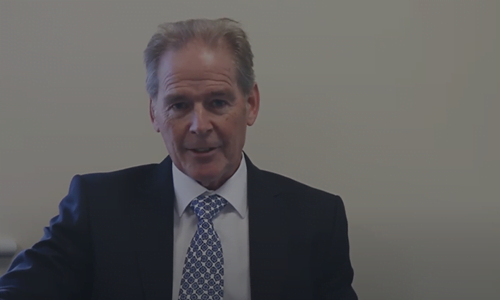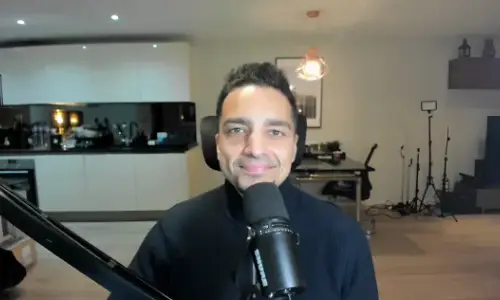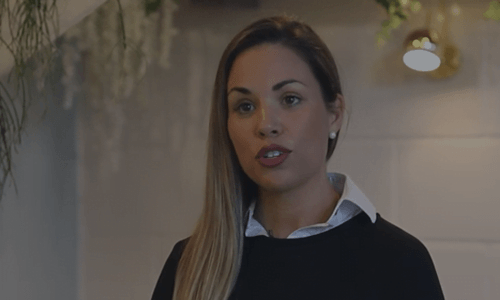Google Ads Best Strategies to Bring More Conversions
Google Ads is probably the strongest digital marketing tool ever, but many businesses find it challenging to fully tap its potential. To optimize conversions, it requires appropriate strategies. This article explores techniques for improving Google Ads campaigns by analyzing data, aimed at helping businesses drive ROI learn the right leads.
- March 31, 2025
- by Tarun


Converts more focused and qualified leads. In the world of digital advertising, Google Ads are the strongest forms available for any business. Be it a small business owner or a large one managing multitudes of advertisement campaigns, the main target remains: converting them into buyers. Just running ads will not accomplish the goal; the right strategies must also be considered to get the best out of the campaign.
The world is constantly changing, and so is, of course, the landscape of digital marketing. One should remain updated with the most current data and trends related to digital marketing for success’s sake. Google Ads is still one of the top platforms whereby businesses can invest in the year 2025 to grow their visibility, increase targeted traffic, and drive optimal converts. From targeting right audience to ad creatives or fine-tuning those bidding strategies, there are multiple ways to improve your campaigns.
In this article, we will take an analytical look at conversion optimization from Google Ads. We will identify some tricks of the trade focused on understanding user intent, writing relevant ads, and optimally landing pages. By using these strategies, companies can get better performance from their Google Ads and achieve a good ROI.
Understanding User Intent for Better Targeting
One of the first steps toward creating a converting Google Ads campaign is understanding your target audiences’ intent. The user intent is the reason behind a person performing a search-query, whether they are looking for information, buying something, or seeking a particular service.
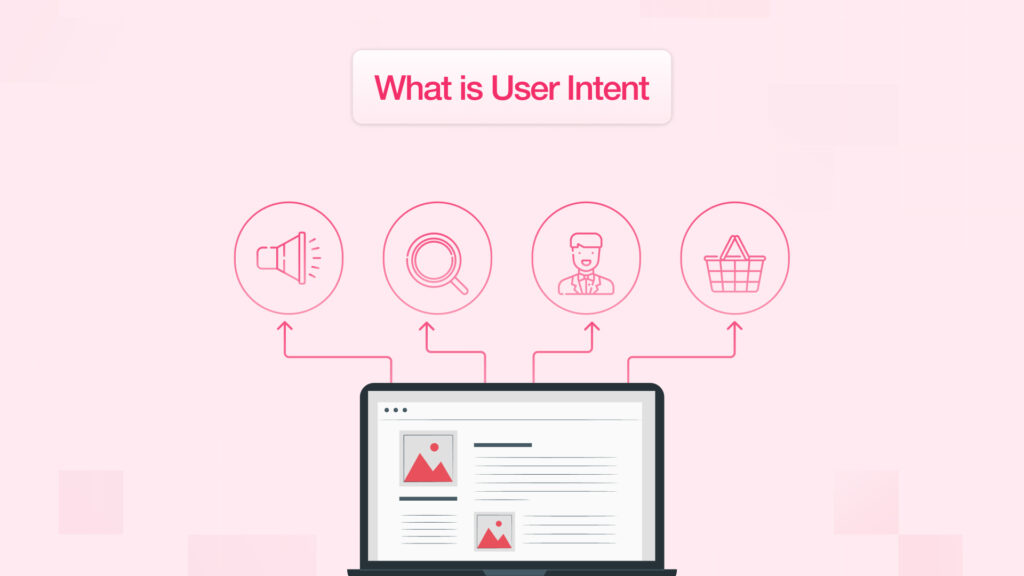
Google Ads gives a variety of targeting features, but if you can match your ads with the search intent of users, you will be heavily increasing conversions. By focusing on both informational queries and transactional queries, you can ensure that your ads show to the right person at the right time.
For example, if a user searched for “best running shoes,” his or her intention would be informational in nature, and ads for general information would be useful. On the flip side, if the user searched for “buy running shoes online,” it would be considered transactional intent, and you should design your ads accordingly with exceptional offers and product info.
Pro Tip:
Using keyword match types to control matching of your ads with user search queries is a powerful concept. Exact match keywords allow specific searches to trigger your ad, while broad match keywords allow your ad to show up for many user queries.
Use Negative Keywords to Exclude Traffic
Choosing the right keyword is important, but equally important is finding the wrong one and excluding it. Bad keywords are utilized so that your ads are not shown for irrelevant searches: a boost to conversions and savings of ad dollars.
A negative keyword is one or a combination of words or phrases that you would prefer not to have your ad triggering for. A seller of high-end fitness equipment, for example, would not want to waste money advertising against keywords such as “cheap” or “discount,” which will attract bargain buyers who are not likely to purchase from them.
Pro Tip:
To refine your campaigns and enhance the relevance of your adverts, regularly examine the search term reports in your Google Ads account to find negative keywords that may have been overlooked.
Creating Compelling Ad Copy
Ad copy that works well converts a lot. Your ad text should engage the interest of the user while keeping it relevant to the searched query; and communicate effectively the advantages of your product or service. All this really comes down to matching intent and differentiating your offer.
Here your CTA should be clear: “Buy Now,” “Sign Up Today,” or “Get an Instant Free Quote.” This prompts users to take action immediately after seeing the ad. Highlight any additional perks that could grab the user’s attention, like “Free Shipping” or “Limited Time.”
Pro Tip:
Conduct A/B tests on several versions of your ad copy to find out which messaging works best for your audience. From this, you can fine-tune your ads to optimal performance.
Need help with generating High Targeted leads and website Traffic with PPC/ Google Ads?
Our Experts Can Help!
Optimize Landing Page for Conversions
Your Google Ads campaign may be perfect, yet if the landing page needs improvement for conversion, you are certain to lose many potential customers. The landing page is the final step toward conversion for users and, therefore, it should be very much in line with the message of the ad.
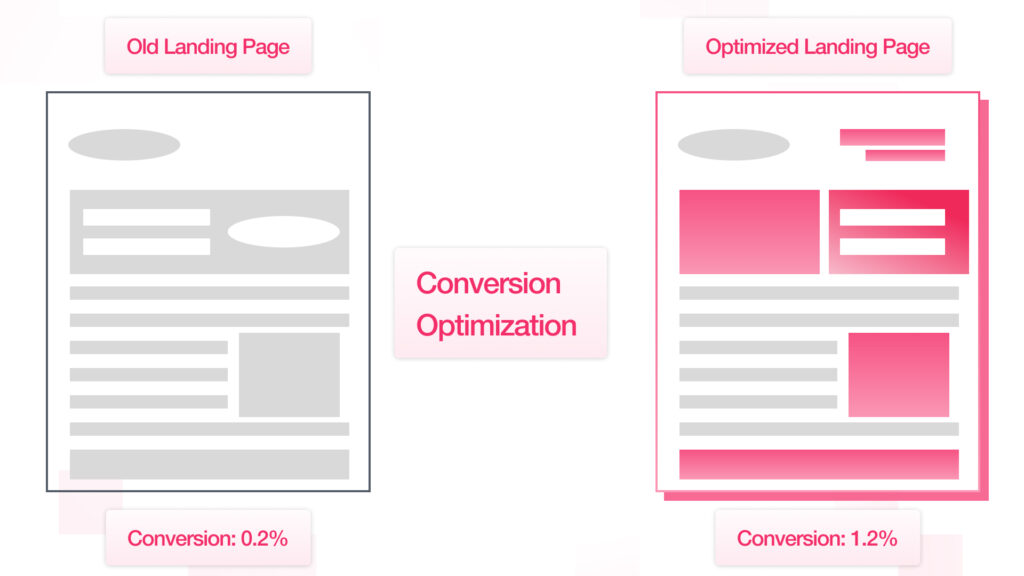
Ensure that it is fast-loading, mobile-optimized, and contains the expected information. Also, to facilitate conversion, minimize the form fields to fill out or steps to complete any purchase or signup.
Pro Tip:
To maximize the conversion rate, use Google Optimize to run A/B test on your landing page elements, including layout, CTA buttons, and images, for refinement over time.
Refine Bidding Strategies for Better ROI
A variety of bidding strategies are available in Google Ads, including manual CPC, enhanced CPC, and target CPA (cost per acquisition). Choosing the appropriate method of bidding directly influences your conversion objective.
With manual CPC, one has full control over the bids, while enhanced CPC changes your bid based on the probability of converting. Target CPA sets bids automatically in such a way that you can get maximum conversions for a targeted cost per acquisition.
Pro Tip:
When the focus is conversions for you, Target CPA would be the best option to consider. This will work on your campaigns for procuring conversions at a desired cost.
Utilize Remarketing to Capture Lost Opportunities
Remarketing is a really great strategy to re-engage users previously engaged with your website or ads but did not convert. It holds the opportunity to better remind them of your product or service by showing them customized ads while they go elsewhere on the web or search on Google.
For example, if a user adds an item to their cart but doesn’t finish the checkout process, you can display ads to them showing a special offer or discounted price on the same item to encourage a purchase.
Pro Tip:
Use dynamic remarketing ads to show users personalized ads with products that they have viewed or added to their cart.
Use Ad extension/Ad Assets for Increased Visibility
Ad Assests formally known as Ad extensions are basically additional information that will be shown apart from your ads, such as site links, location info, or even phone numbers. These would make your ads stand out to become more appreciated, and consequently, it creates more room for clicks from them.
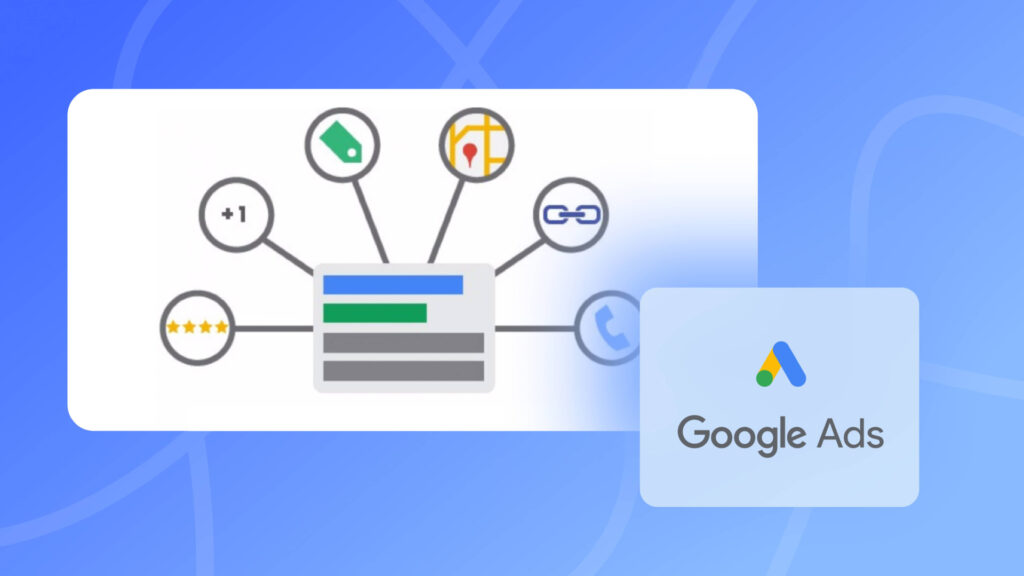
A sitelink extension allows more links to relevant pages in your site to be easily accessible, just as call extensions help contacts for users that click visit from the ads.
Pro Tip:
Use structured snippet extensions to enhance visibility on some more specific features of a product or service, such as that of features, pricing, or locations. This affords the users more context about the offer, which will lead to higher engagement/conversions.
Monitor and Adjust Your Campaign Regularly
The Google ads ecosystem changes daily; therefore, monitoring campaign performance very closely and adjusting anything based on performance data makes sense. The regular checks on CTR (click-through rate), conversion rate, cost per conversion, and quality score will determine the effectiveness of your ads.
In case of underperformance, a campaign should pause low-performance keywords, adjust ad copy, or change bid strategy. Optimization must remain constant for long-term success.
Pro Tip:
Use automated rules in Google Ads that change bids or pause ads based on pre-established criteria—like conversion rates or cost-per-click thresholds. This will help you save valuable time while ensuring your campaigns are running smoothly.
Optimize For Mobile
With an increasing number of users searching online through their mobile devices, it becomes more important than ever to optimize your Google Ads campaigns for mobile. Desktop users behave differently than mobile users and deserve ads and landing pages meant for their mobile browsing experience.

Make sure your landing pages load quickly on mobile devices and that the call to action is easily accessible. Also, use mobile bid adjustments in Google Ads to keep ads competitive on mobile devices.
Pro Tip:
Tracking mobile performance separately from desktop performance allows you to make mobile-specific adjustments to enhance conversions and reduce bounce rates.
Looking a PPC partner to help grow your Ecommerce store?
We Can Help!
Analyze Competitors for Insight
What your competitors are doing can give you opportunities to capitalize on and refine your own ads. You should use tools like Auction Insights in Google Ads to compare your ads’ performance against your competitors’ ads in terms of impressions, clicks, and costs.
By looking into the ad text, landing pages, and keywords of your competitors,’ you can see where they may lack and set your ads apart from theirs. This competitive intelligence will allow you to optimize your campaigns and convert new customers.
Pro Tip:
Use the Keyword Planner tool to see which keywords your competitors are using in their targeting and find opportunities that might exist beyond the reach of others.
Conclusion
Google Ads can be one of the most effective digital marketing channels for driving conversions, but strategic thinking is needed to ensure that every engagement becomes a successful transaction. The principal focus is on understanding user intent rather than memorization conveys all that has to be refined in ad copy, landing pages, and bidding strategies. Besides, there are other facets of visibility and quick clicks achieved through remarketing, mobile optimization, and ad asset/ad extensions.
So, remember adjustments accordingly need to be made from time to time, depending largely on the monitored performance data, which ultimately ensures continuity. Well, these likely bring to clients much management of Google Ads campaigns that bring the most conversions and highest ROI.
 Shopify
Shopify





